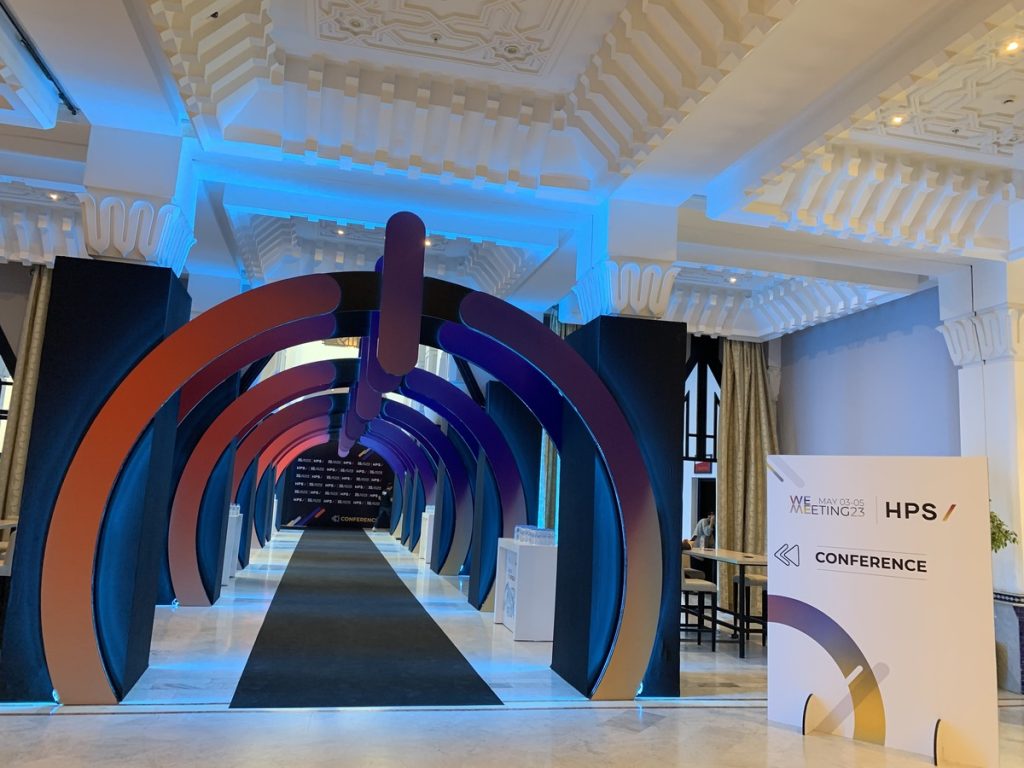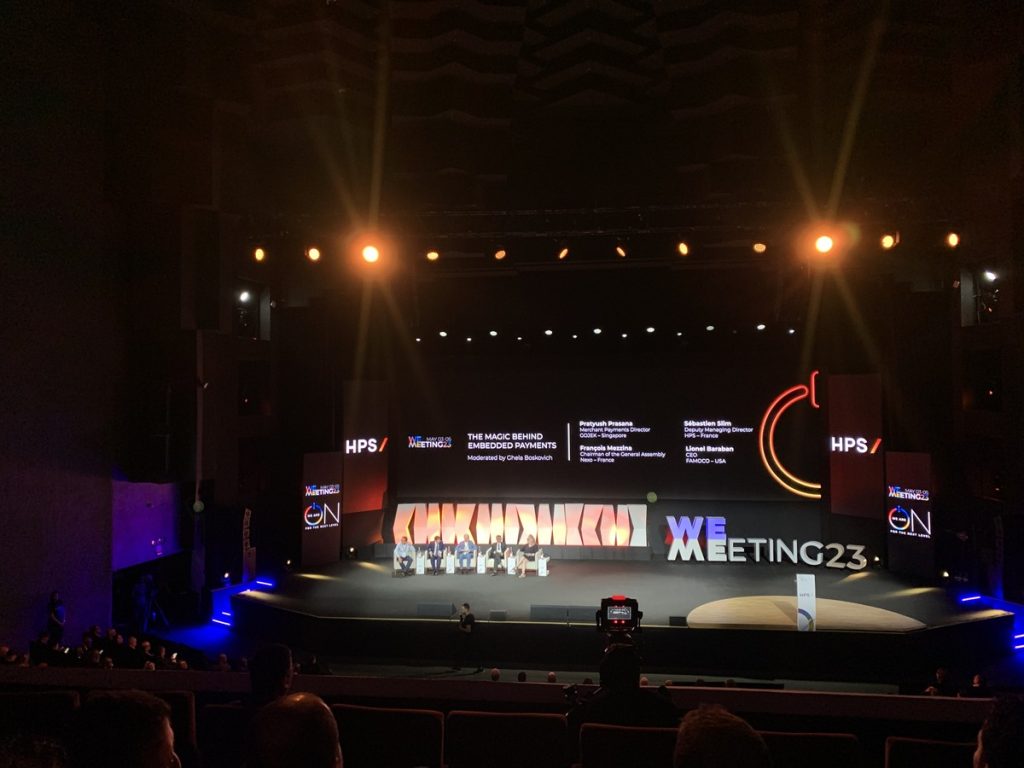After speaking at the WeMeeting23 conference on the potential of embedded payments, Payment Expert caught up with Pratyush Prasanna – SVP of Merchant Payments at GOJEK – as he emphasised the value they have in retail stores.
He analysed how embedded payments can be deployed at physical terminals as well as GOJEK paving the way for the role of the super app.
Payment Expert: Following on from the panel you were featured in, was there anything more that you learned as to how embedded payments can move from digital to physical?
Patyush Prasanna: Embedded payments have been in the digital online space, but I think the massive value will be unleashed once you have these terminals in physical stores.
What we talked about on the panel was some of the technology changes, for example SoftPOS, are very new occurrences, which I believe can fundamentally change how embedded payments can work.
What we also touched upon as well was the standards regarding usage of data… where there are no standards today.
Generally speaking, this cannot be the Wild West, there has to be some control or oversight around it, and people realise this also which is the first step forward in getting there.
I think that it is going to be helpful in making sure that there are guardrails that we should not violate. These are the two major factors I learned during the panel.
PE: How would you best describe GOJEK to the uninitiated with your work?
PP: We are one of the original first super apps. The word super app was used initially for WeChat first, but also for GOJEK soon after.
We have maintained ourselves true to that, we keep on adding new services, making sure our customers find it easier to discover those services and to use them. We will continue on that track.
At the same time, we are also trying to slice out parts and experimenting on new parts to find ways to do a better job on some of these verticalized approaches as well. But we will always be a super app and we’re proud of it.

PE: With Apple and Twitter veering into the super app realm, is there a best approach for any company looking to model themselves in this light?
PP: I personally believe that any product which is closest to the customer always has the highest leverage. Apple for example, because it’s our phones which we use all the time, has a massive advantage over everyone who is trying to make an app.
So if Apple wants to be a super app they will win hands down because they are already pretty much there.
That’s what Amazon’s approach also was. Amazon started selling books initially, but then also decided to sell furniture and then identified what the best furniture would be and made it themselves.
I think that’s going to happen for super apps themselves where Apple has identified some of these scenarios such as payments, which they integrated and now have Apple Pay, savings accounts, and BNPL. So they have moved in that direction of whatever people are using more, they will make it themselves.
PE: GOJEK also has a business app, GOBIZ. How is this app helping businesses with their operations?
PP: It was conceptualised as the super app for merchants. There are different use cases depending on the type of merchant. For instance, if the hotel where we are now is focused on room bookings, we try to help with these service elements into GOBIZ, in addition to payments.
Payments is the goal, but all these auxiliary services are there which makes it sticky for the merchant. Payments are not a sticky factor, everybody can do payments, but once you tie it with other value services then they can shift to another payment provider.

PE: How has the payment infrastructure changed overtime and is more readily accessible than ever for startups today to integrate those infrastructures?
PP: Payment infrastructures have evolved to the point where startups can set them up automatically. Startups today are much more pampered than years before. If you go to Stripe for instance, you can get started with an online payment store depending on the location.
PE: Fintech investment was considerably down last year, in particular the UK, but Singapore saw growth, what would you attribute that to?
PP: I think the downturn was all over – in the US, UK, Australia, India to some extent, it all went down. India recovered faster because the market itself is moving really fast. India will have the highest growth of GDP this year among large markets.
Singapore was helped by a couple of factors, one being Hong Kong imploded for various reasons so because of that a lot of money came into Singapore. This was more inorganic.
Another factor was a lot of startups within the region are based in Singapore. It’s a great hub to be able to expand to other countries, which is not the case for domestic markets such as the UK and US.




















